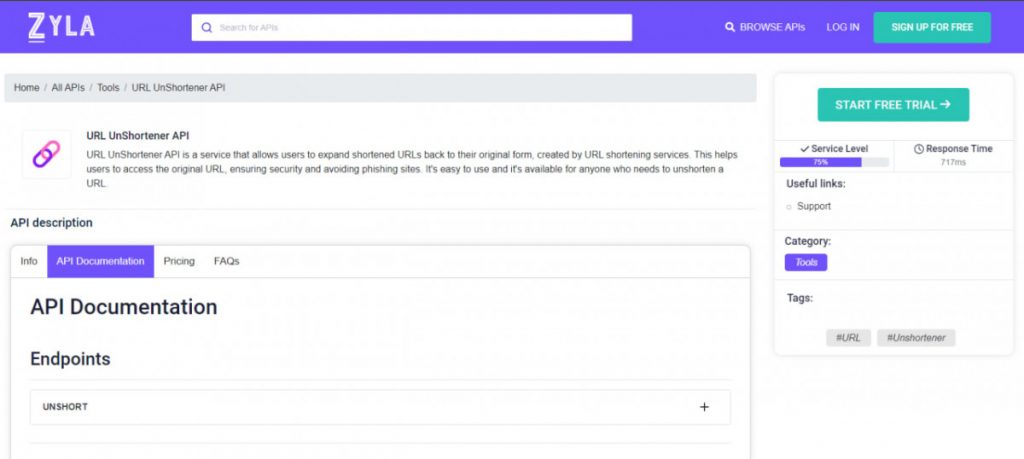In the age of digital communication, shortened URLs have become a popular means of sharing links quickly and efficiently. However, this convenience comes at a price, as shortened URLs can often conceal the true destinations they lead to. In the battle against phishing attacks and fraudulent activities, it is crucial to ensure the safety and security of online interactions.
This is where URL UnShortener API emerges as a powerful tool, allowing users to reveal the full-length destination of shortened URLs. In this article, we will explore the significance of this API as an anti-phishing measure and delve into its potential in various other use cases.

The Role of the URL Unshortener API
Shortened URLs pose a hidden danger in the form of phishing attacks, where attackers disguise malicious links as legitimate ones. With the rise in sophistication of such attacks, it is vital to have effective countermeasures in place. URL UnShortener API proves to be an invaluable tool in this fight against cyber threats.
By leveraging the URL UnShortener API, users can effortlessly retrieve the full-length URL associated with any shortened link. The process involves submitting the shortened URL to the API, which promptly returns the expanded URL. This allows users to inspect the complete destination and ascertain its authenticity before clicking on the link, thus mitigating the risk of falling victim to phishing attempts.
Expanding the Horizons: Other Use Cases for the URL Unshortener API
While the primary purpose of URL UnShortener API is to combat phishing attacks, its applications extend far beyond this realm. Let’s explore a couple of additional use cases where this API can prove to be incredibly valuable:
- Email Clients: Email remains a prominent communication channel, and users are often bombarded with numerous links embedded within emails. Email clients can integrate UnShortener API to automatically expand shortened URLs, providing users with a transparent and secure experience. This empowers users to verify the authenticity of links before clicking on them, safeguarding against phishing attempts delivered through email.
- News Aggregators: News aggregator sites are responsible for curating and delivering a vast amount of news content to users. By incorporating URL UnShortener API, these platforms can automatically expand shortened URLs within news articles. This enables users to have a clearer understanding of the sources they are accessing. This enhances their overall trust in the platform.
How Does This API Work?
URL UnShortener API is very simple to use. The API comes with a prompt in a request body where the desired shortened URL is inserted, which looks like this:
{
"url": "https://cutt.ly/hwrCi5YZ"
}
And after the call is made, and the full URL is displayed:
{
"status": true,
"originUrl": "https://en.wikipedia.org/wiki/Cyathus"
}
How Can I Get This API?
By uncovering the true destinations of shortened URLs, this API serves as a powerful anti-phishing measure. Furthermore, its integration into email clients and news aggregators expands its utility, providing users with increased transparency and trust. With URL UnShortener API at their disposal, individuals and organizations can navigate the web with confidence, unmasking the hidden threats and embracing a more secure online experience. You can try this powerful tool by following these instructions:

1- Go to www.zylalabs.com and search for “URL UnShortener API“, then click on the “Start Free Trial” button to start using the API.
2- Register and choose the plan that suits you best, you can cancel it whenever you want, even at the end of the free trial.
3- Once you find the endpoint you need, make the API call by clicking the “run” button and you will see the results on your screen. You can also choose the programming language of your choice and the response will be given in the friendly JSON format.

